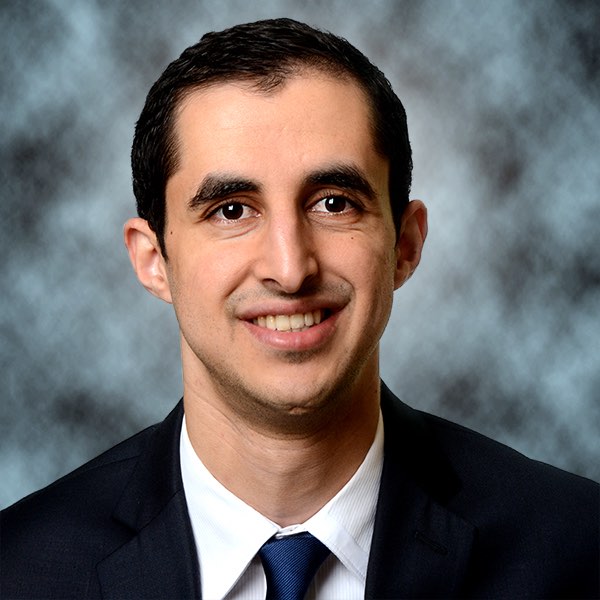Intraocular tamponade is a key part of full thickness macular hole (MH) repair surgery. The tamponade aids in hole closure by isolating the MH from intraocular fluid, hence allowing the retinal pigment epithelium to absorb the remaining fluid in the hole. There are several factors that surgeons must consider when choosing the type of tamponade, including hole size, chronicity, and the ability of the patient to position postoperatively. Previously published studies reported a MH closure rate of 75% to 100% with air tamponade depending on the MH size. Using air for MH surgery has several advantages, including reducing postoperative IOP elevation, faster visual rehabilitation, and cost-effectiveness. The authors of this noninferiority prospective randomized trial compared closure rates of small- (≤ 250 μm) and medium-sized (> 250 μm and ≤ 400 μm) idiopathic MHs using air versus SF6 gas tamponade.
This study randomized 150 patients into two groups (75 in each group) based on intraocular tamponade. All patients underwent conventional MH surgery with pars plana vitrectomy and internal limiting membrane peeling. All phakic patients underwent a phacovitrectomy. At the end of surgery patients were randomized to receive either air or 26% SF6 tamponade. The primary endpoint was MH closure rate after single surgery confirmed by OCT 2 to 8 weeks postoperatively. The secondary endpoints were the IOP on postoperative day 1 and the visual acuity at the last follow-up. All patients maintained a nonsupine position for 3 days after surgery.
The rate of the MH closure in the air group was 90% (63/70) (95% CI, 79.9% to 95.5%) versus 100% (74/74) in the SF6 group based on the per-protocol analysis (five patients were excluded from the air group and one patient was excluded from the SF6 group). As the lower bound of the 95% CI exceeded the noninferiority margin of 10%, air noninferiority could not be proven. In the subgroup analysis of small MHs, all 20 patients in the air group and all 28 patients in the SF6 group achieved primary closure in the per-protocol analysis. On postoperative day 1, the median IOP was 10 mm Hg in the air group versus 14 mm Hg in the SF6 group (P < .001). In both groups, the patients had median visual gains of 3.0 ETDRS lines.
In summary, this trial showed that air was inferior to SF6 for medium-sized MHs (> 250 μm and ≤ 400 μm). For small MHs (≤ 250 μm), there was no difference in the primary closure rates between patients receiving air and those receiving SF6 gas tamponade, but the sample size was too small to prove noninferiority in this subgroup. The authors explain that the gas provides higher safety margin and longer time where the intraocular fluid is isolated from the macular hole, which is important especially in the first few days after surgery. This could explain the difference in MH closure rates between air and SF6.







